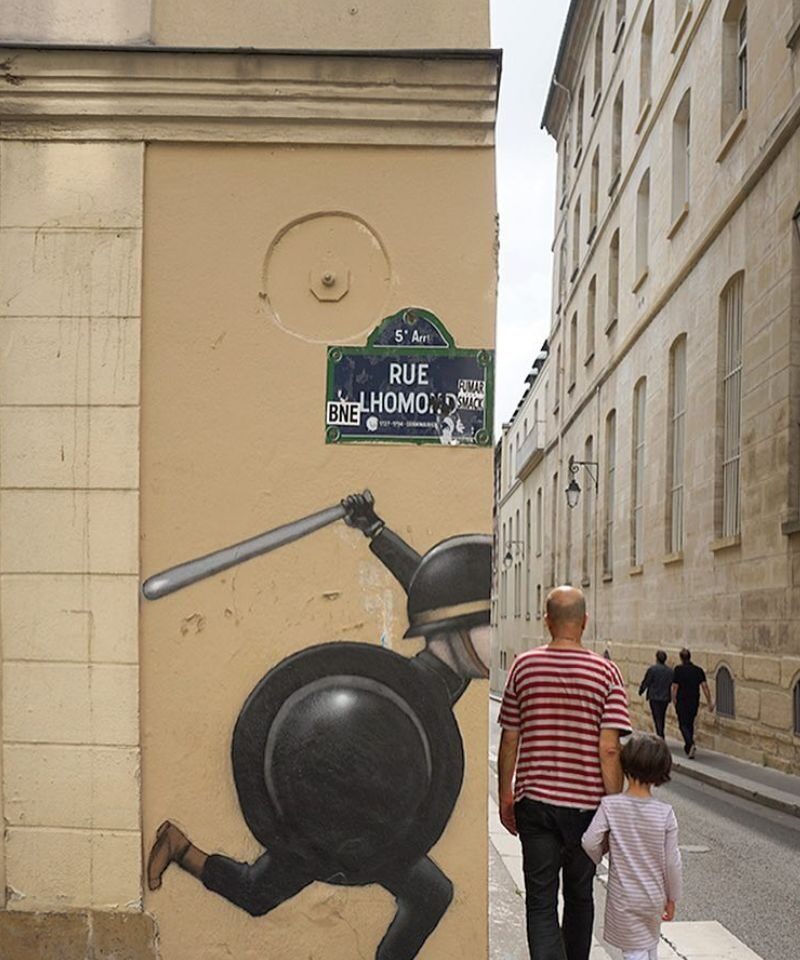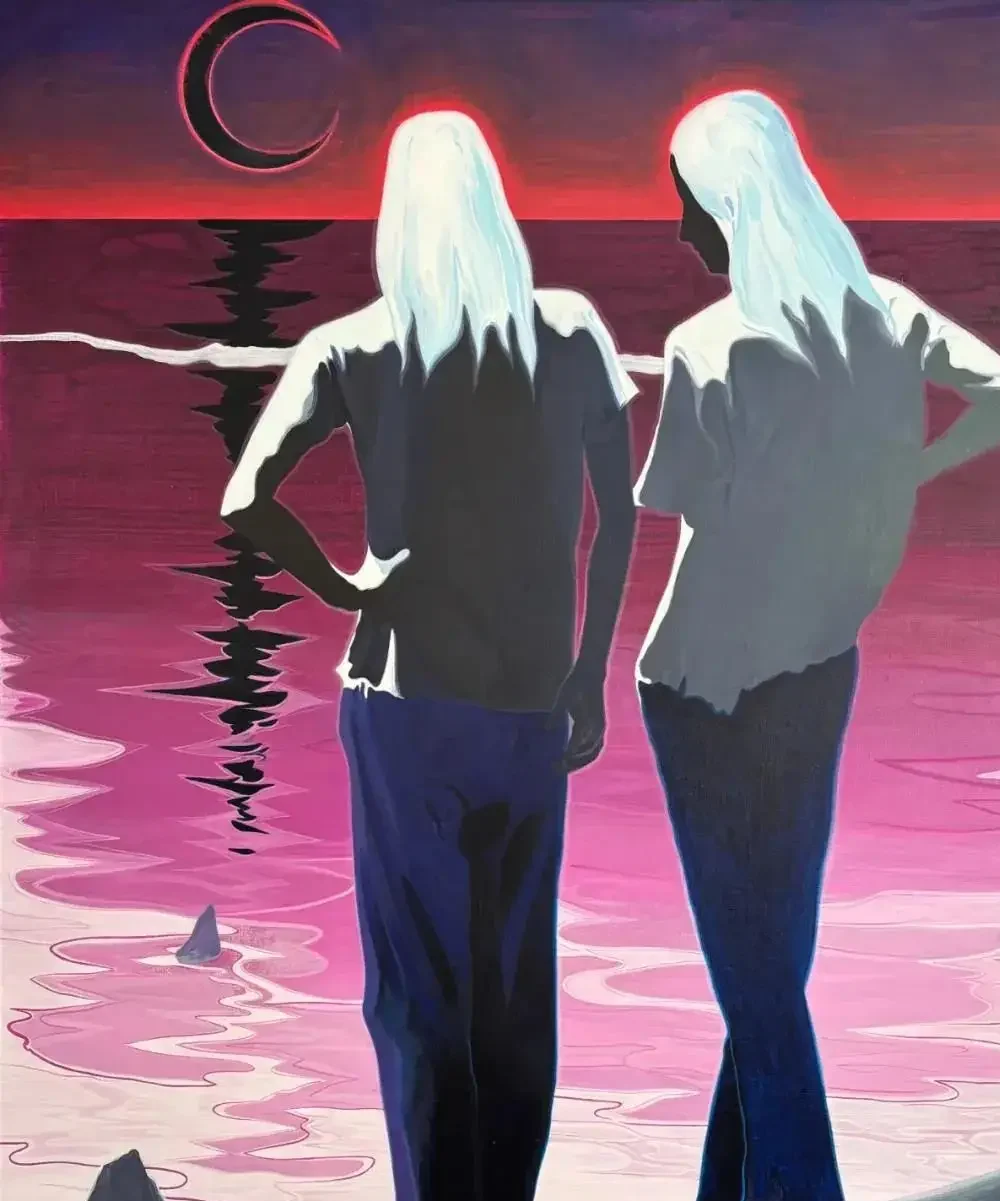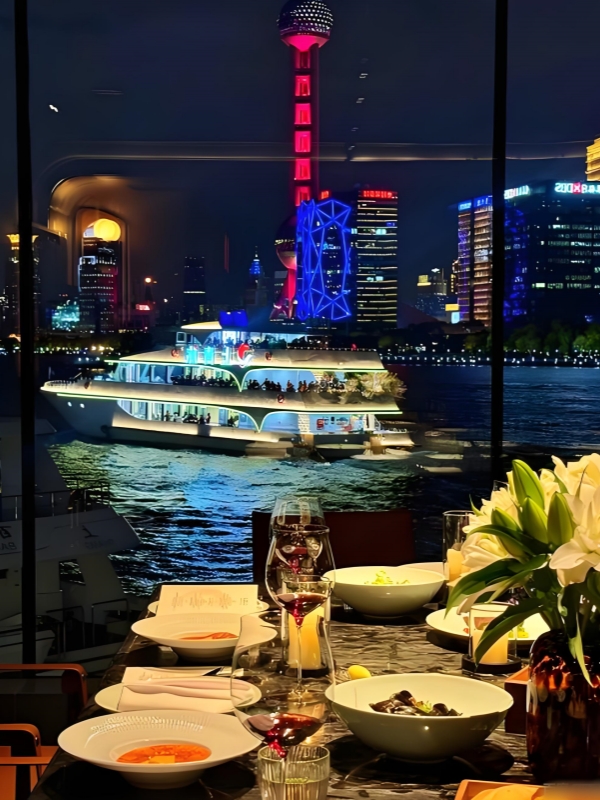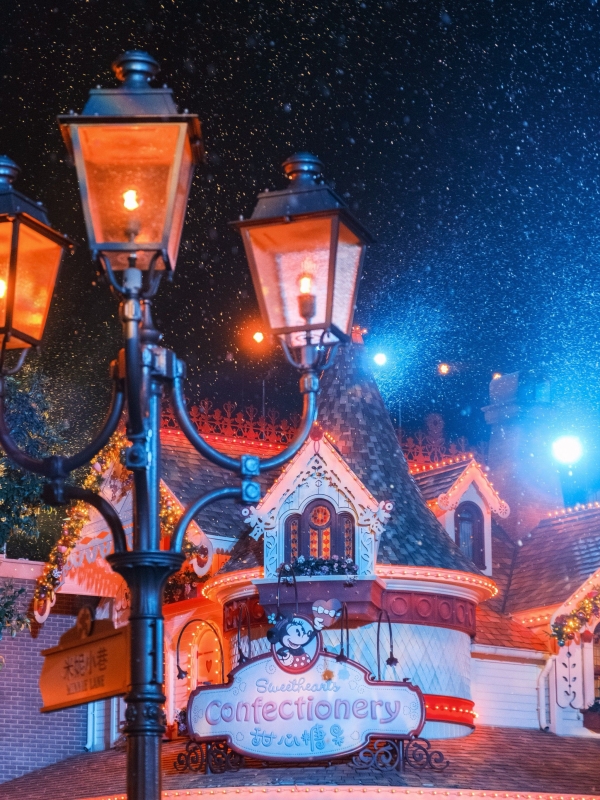Planning your first trip to China’s most vibrant city? This one-day Shanghai itinerary takes you from sunrise street scenes in Huangpu to sunset over the Bund, with art-filled alleys and iconic shopping streets in between. If you want more routes and hidden spots, check our Shanghai what to do guide before you go. Perfect for travelers who want to see the city’s contrasts without rushing.
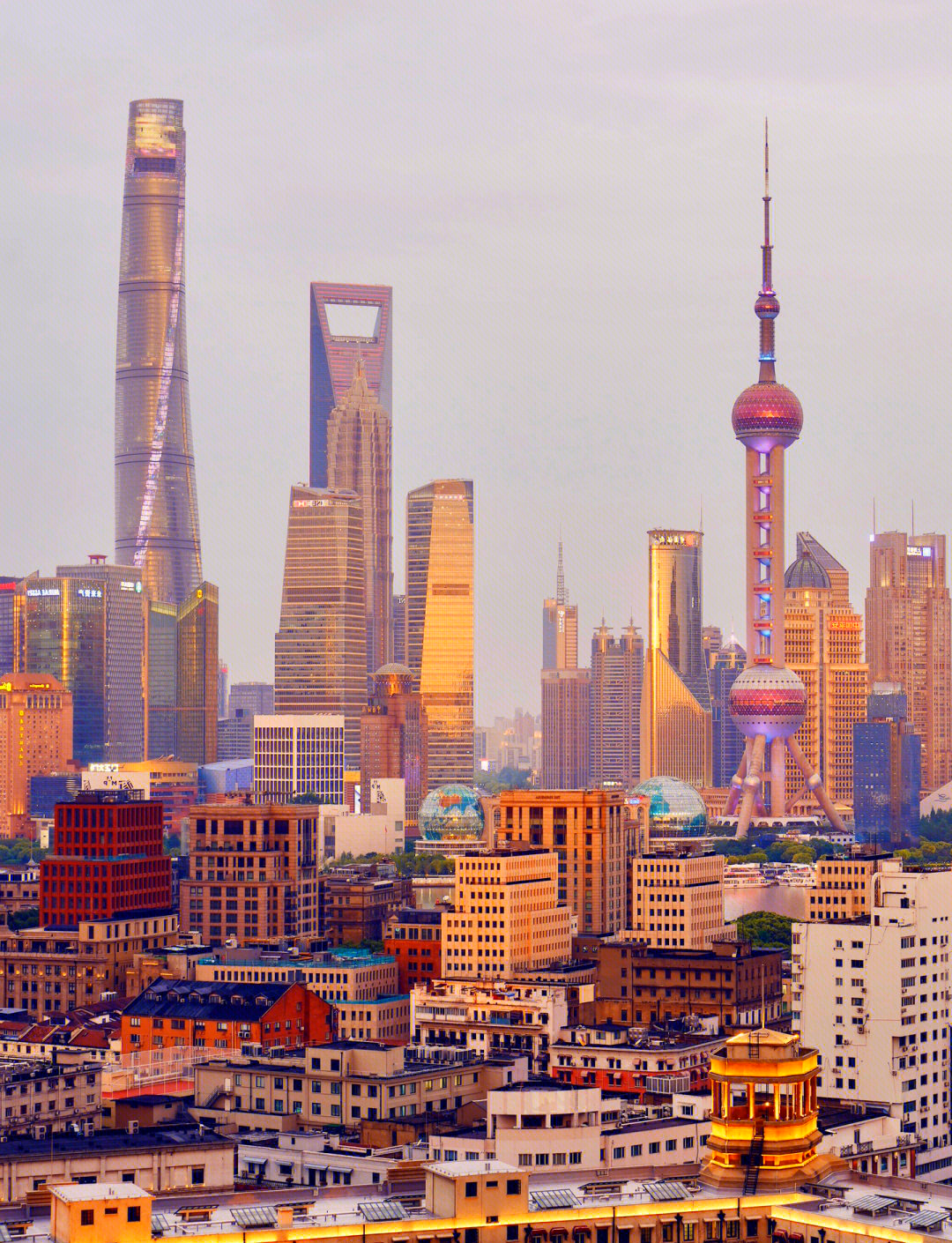
Shanghai Itinerary
First Light at the Bund – A City Waking Up
Sunrise Views and the Lujiazui Skyline
Before 6 a.m., the Bund feels private. A few joggers pass, and an old man’s radio crackles out Cantonese pop. Across the river, Lujiazui’s towers are still in shadow. The Oriental Pearl glows faint pink, Jin Mao catches light before Shanghai Tower. A photographer mutters about “today’s fog,” though the sky is clear. The air smells faintly metallic, mixed with wet stone. Ten minutes later, tourist buses will arrive, but for now, it’s only you and the tide.
Not sure how to choose between Shanghai, Chengdu, or Xi’an? Try Best 8 Cities to Visit in China 2025 with Local Tips and Hidden Highlights
Early Morning Street Life in Huangpu
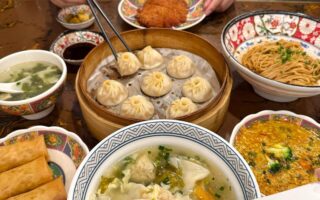
Early Morning Street Life in Huangpu
A few streets back from the Bund, Huangpu wakes with a clatter. Market stalls creak open, their canvas awnings snapping in the cool breeze. Strings of bok choy hang dripping, their green leaves beading with water from the morning rinse. Inside a dumpling shop, cleavers thud against thick wooden blocks, the sound carrying into the lane between bursts of steam from bamboo baskets.
A man in plaid slippers pushes a cart stacked high with bamboo bird cages, each tiny tenant trilling in sharp bursts that cut clean through the rumble of passing scooters. Outside a breakfast stall, a young couple shares yóutiáo, tearing the golden fried dough with quick hands, while a bag of warm dòujiāng rests between them.
You pause to read a handwritten sign taped to the wall: “Freshly Bake Bun, 1 Piece Only 3 Yuan.” The English is crooked, but the meaning is clear—and somehow, that small imperfection feels like part of the welcome.
Breakfast Stops Near the Bund
On Guangdong Road, steam fogs the glass of a tiny bun shop. 5–12 RMB gets you a fist-sized pork bun, dipped in vinegar and chili oil. For a lighter bite, sesame pancakes hot from the griddle leave seeds stuck to your jacket. Need coffee? A second-floor café with a faded “Coffee & Smile” sign opens at 7:30 a.m. 28 RMB for a cappuccino and a framed view of the river.
And if you’re curious about what else to try, taste the city’s best bites in our Shanghai food guide.
Midday in the Old and New Quarters
Shikumen Lanes and Hidden Courtyards in Xintiandi
Late morning light bounces off pale stone lintels. Shutters crack open to dust motes and old wood scent. A delivery rider squeezes past on an e-bike. Boutiques sell linen and ceramics for boutique prices, but courtyards are the real draw—one with a magnolia tree dropping petals, another hiding a tea room with a pinyin menu. “Shikumen” means stone gate, but it’s really a stubborn doorway to old Shanghai.
M50 Art District – From Factory Floors to Galleries
Following Suzhou Creek north, you reach M50, where the bones of an old textile mill still shape the place. The brick façades wear their history openly—rust streaks below window frames, faded factory numbers painted high above the doors. Inside, wide concrete floors hold a scatter of easels, sculptures, and the smell of drying oil paint.
One gallery runs a show of grainy black-and-white street photography, each frame shot on 35mm film, the grit of the negatives a perfect match for the industrial space. In another, a painter in a grey hoodie works under a single dangling bulb, pausing only to sip tea from a chipped mug. Delivery riders rumble over the cobblestones outside, their engines muffled by the thick factory walls.
You stop for coffee—35 RMB in a paper cup stamped with the gallery logo—and take a seat by a cracked window. Beyond the glass, the creek moves slowly, carrying the reflection of both old warehouses and the sharp edges of new high-rises, as if neither can quite erase the other. If you want to time your visit with the latest exhibitions, the official M50 Art District site posts current shows and artist schedules.
- M50 Art District
Local Lunch Picks – From Noodle Stalls to Trendy Cafés
Near Madang Road, beef noodles arrive in broth so rich it stains the bowl, topped with fresh cilantro. A few streets away, a minimalist café serves grain bowls and flat whites for 60 RMB. For local flavor, follow the sizzle of shēngjiān bāo—pan-fried buns with crisp bottoms and hot broth inside. 20 RMB buys a plate; just be ready for juice down your chin.
Afternoon Gardens and Riverside Wanders
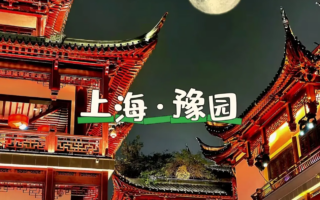
Yu Garden
Yu Garden and City God Temple
By early afternoon, Yu Garden’s pavilions and dragon walls are crowded. Koi flash gold under carved shadows. A breeze carries sandalwood from the City God Temple. Outside, candied hawthorn skewers shine red, sugar paintings take shape on marble in under two minutes. Down a side alley, 8 RMB scallion pancakes come wrapped in old newspaper, still hot from the griddle.
Walking Along the Huangpu Riverside Promenade
A short metro ride to the South Bund slows the pace. Joggers weave past couples leaning on the rail, paper bags in hand. Freighters move in silence across glinting bronze water. Benches hold brass plaques with odd translations—“Please Keep Your Smile Here”—and somehow, you do.
Tea Houses and Quiet Corners
Backstreets near the Bund hide wood-paneled tea houses. The air smells of roasted oolong. 40–60 RMB gets you a clay pot and a tiny timer to pour at the perfect moment. From the window, watch a delivery rider dismount, friends argue directions, a cat slip into shadow. The city slows to match your sip.
Evening Lights and Night Markets
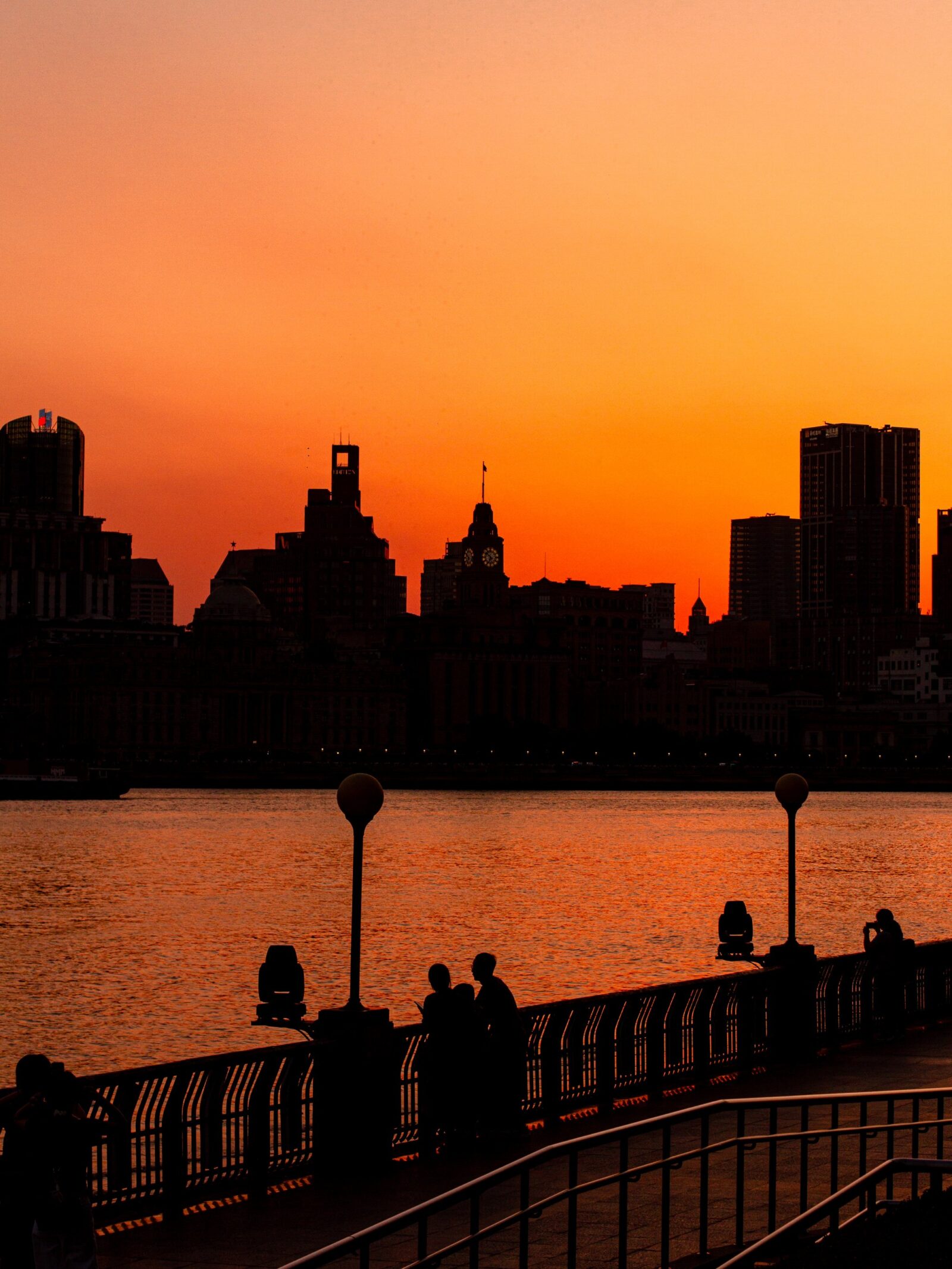
Sunset at the Bund
Sunset at the Bund – When the Skyline Turns Gold
By early evening, the Bund has shifted again—morning’s quiet replaced by a hum of voices and the shuffle of camera tripods finding their place. The sun sits low, turning the towers across the Huangpu into columns of molten gold. Glass and steel catch the light differently; the Jin Mao Tower glows warm and steady, while the Shanghai Tower’s curves throw streaks of brightness into the sky.
A street saxophonist leans into a slow, smoky tune, the notes drifting over the water like ribbons. Tour boats pass with decks full of passengers, their silhouettes framed against the glowing skyline.
Near the railing, a pair of newlyweds pose for photos, the bride’s veil catching the wind just long enough for the photographer to shout, “Perfect!” Ten minutes later, the gold will give way to electric blue, then to neon, but it’s this brief in-between—when day exhales into night—that makes you forget about the crowd pressing in around you.
Nanjing Road After Dark
Leave the Bund and the volume spikes. LED screens blaze, grilled squid smokes beside luxury storefronts. You buy taro milk tea for 18 RMB and watch performers balance plates or sing Teresa Teng ballads. There’s no set route—just follow whatever catches your senses.
Night Markets – Tongbei, Shouning Road
At Tongbei, bare bulbs light steam from woks. Crayfish cost 60–80 RMB, served with gloves for peeling. Shouning Road is louder, folding tables spilling into the street. Pick a basket of clams and they come stir-fried with garlic, shells hot to the touch. Around you, locals snack and debate their favorite stalls.
For more places to keep the night going, see our Shanghai night guide.
Walking from the Bund to Nanjing Road – A Street-Level Map
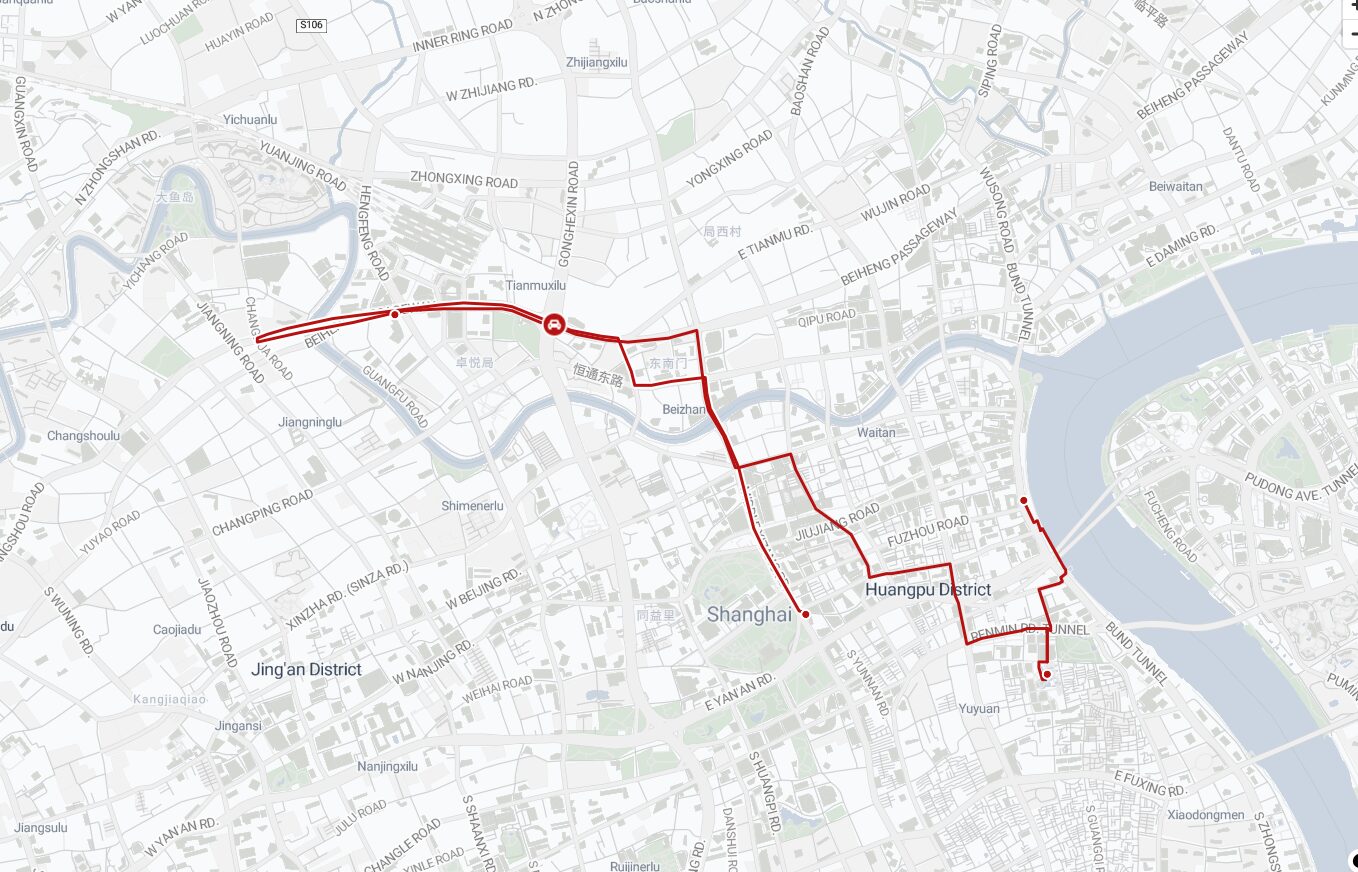
Roadmap
This stretch in your Shanghai itinerary is more than just a link between two attractions—it’s a slow dive into the city’s contrasts. From the Bund, you’ll head inland along streets lined with colonial façades, some freshly restored, others showing the cracks of a century. You might hear the faint hum of tour boats from the river fading as the chatter of street vendors and shopkeepers grows.
The path is flat and easy, about 20 minutes on foot, but don’t rush it. On your left, side alleys hide tiny noodle stalls and fruit stands; on your right, the shopfronts get taller, brighter, and more modern as you near Nanjing Road. By the time you arrive, the historic calm of the Bund has given way to neon signs, music from department stores, and the steady shuffle of evening shoppers. It’s a walk where every block feels like turning a page in Shanghai’s story.
Planning a full week in China’s liveliest city? Check this out — What to Do in Shanghai for a Week: A Practical 7-Day Guide
Side Trips and Slow Mornings – Extending Your Stay
Half-Day Getaways
Zhujiajiao is under an hour away but feels like another time—stone bridges, willow-lined canals, warm reed-wrapped dumplings. 15 RMB buys a boat ride past dripping laundry lines. Closer in, Suzhou Creek offers quiet walks past warehouses and glass offices, benches mostly empty except for patient fishermen.
Museums and Rainy-Day Picks
Rain polishes the pavements and slows the city. The Shanghai Museum’s bronze hall is cool and dim, free with online booking. The Power Station of Art fills its huge halls with immersive installations. For something intimate, the Propaganda Poster Art Centre is a burst of vintage color and slogans.
Brunch Spots for a Lazy Start
On Wukang Road, croissants flake onto espresso cups in a small café. 45 RMB for both, plus a window seat over cyclists and dog walkers. Nearby, congee with pickles for 12 RMB steams in a chipped bowl. Between the two lies the choice—another packed day or a slow drift through familiar streets.
FAQ – Shanghai Itinerary Planning
Q: How many days are needed to visit Shanghai?
A: Three to four days covers the Bund, Yu Garden, museums, and a side trip. Add two more for Suzhou or Hangzhou. Keep some time free for wandering—it’s often better than the main sights.
Q: Is Shanghai, China worth visiting?
A: Yes. Few cities mix 19th-century shikumen with futuristic towers so seamlessly. From colonial Bund façades to night markets, it’s a city that surprises.
Q: Where else can I go from Shanghai?
A: Suzhou, Hangzhou, Wuzhen, Tongli are all under two hours. Longer trips include Huangshan or even Beijing by high-speed rail.
Q: What not to miss in Shanghai?
A: The Bund at sunrise or sunset, Yu Garden, Nanjing Road after dark, M50, and street food in a night market.
Q: Is 2 days in Shanghai enough?
A: You’ll see the highlights but skip side trips. A third day makes it easier.
Q: How to plan a 7-day Shanghai itinerary?
A: Spread city visits over several days, add two or three day trips, and leave a day for slow exploring.
Q: Is Shanghai good for a DIY trip?
A: Yes. English signs in tourist spots, a metro with English announcements, and mobile payments make it easy.
Q: Can I do Shanghai in one day?
A: Focus on the Bund, Yu Garden, Lujiazui, and end with dinner under the skyline.
